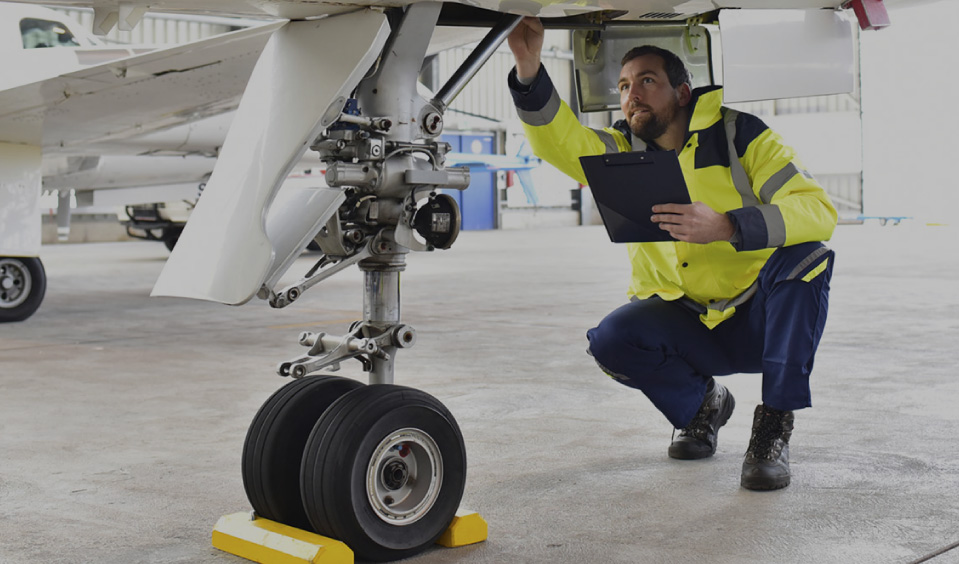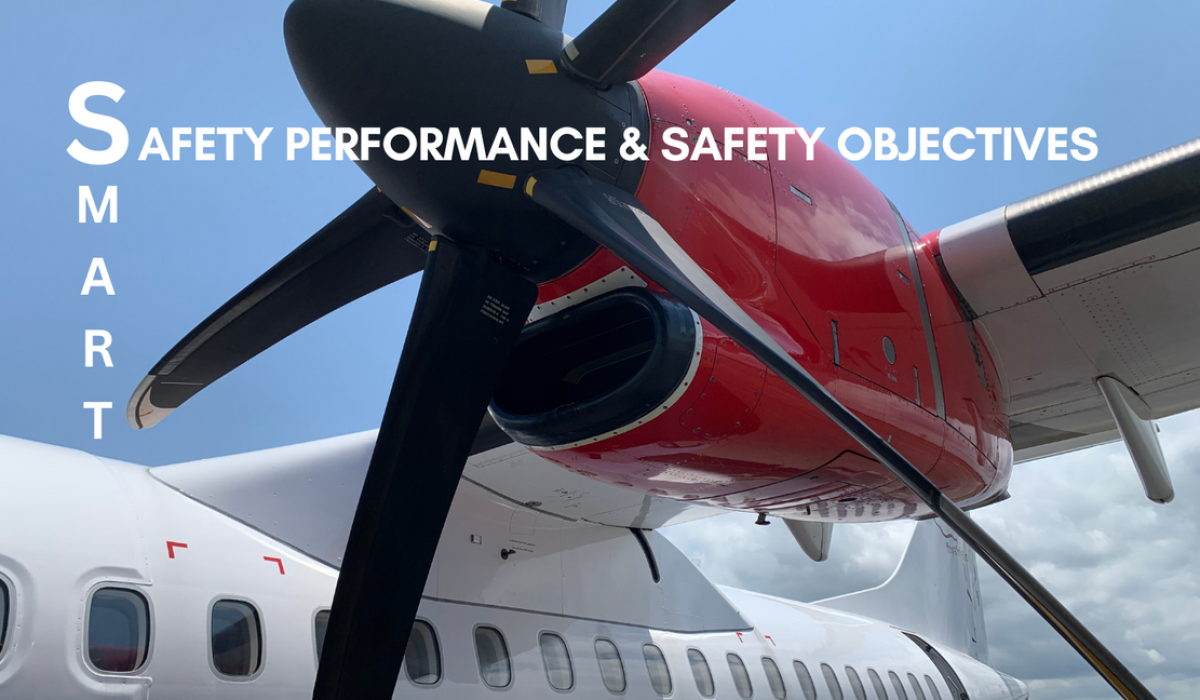Aviation Safety SMART Performance Objectives and Indicators
Safety Performance as part of Safety Assurance in an Aviation SMS based on ICAO Document 9859, the Safety Management Manual.
By Brink Bester
Table of Contents
1. Introduction:
The International Civil Aviation Organisation (ICAO) Safety Management Manual (SMM) document 9859 states that Safety Performance Objectives (SPOs) and Indicators are essential aspects of an Aviation Safety Management System (SMS). These objectives and indicators are used to measure the effectiveness of the SMS and to provide a basis for continuous improvement. Additionally, Key Performance Indicators (KPIs) and Leading and Lagging Indicators are closely related concepts that help organisations measure and manage safety performance effectively.
2. Safety Performance Objectives (SPOs) and Safety Performance Indicators (SPIs):

SPOs are specific, measurable, and time-bound targets that an organisation sets for itself in order to improve safety. They should be aligned with the organisation’s overall Safety Policy and should be based on the results of the organisation’s safety risk management process. Examples of SPOs include reducing the number of occurrences of a specific type of accident or incident or improving compliance with regulatory requirements.
Safety Performance Indicators (SPIs) are used to measure the progress made towards achieving SPOs. They provide a means to collect and analyse data on safety performance and to identify areas for improvement. Examples of SPIs include the number of accidents or incidents per unit of measure (e.g., per flight hour), the number of safety-related reports submitted by employees, and the results of safety audits and inspections.
The SMM document 9859 also states that SPOs and SPIs should be established and reviewed regularly, taking into account the organisation’s changing operational circumstances and that they should be communicated throughout the organisation.
It is important to note that the SMM document 9859 also emphasizes that the objectives and indicators should be SMART (Specific, Measurable, Achievable, Relevant, and Time-bound) and that the data used for measuring the safety performance should be accurate, reliable and objective.
3. Key Performance Indicators (KPIs):

KPIs are specific, measurable metrics that organisations use to assess their performance in various areas, including safety. They are typically quantifiable and provide a clear picture of how well an organisation is meeting its safety objectives. In the context of Aviation Safety, KPIs help measure the effectiveness of safety management efforts.
- 1. Number of Accidents and Incidents:
- Tracking the total number of accidents and incidents within a specific period provides a fundamental safety KPI.
- 2. Safety Reporting Rate:
- Monitoring the rate at which safety-related reports are submitted by employees can indicate the organisation's reporting culture and the identification of safety concerns.
- 3. Safety Audit Results:
- Assessing the outcomes of safety audits, such as compliance with safety procedures and regulations, can be a KPI for evaluating safety performance.
- 4. Safety Training Compliance
- Ensuring that employees complete mandatory safety training programs can be a KPI for assessing workforce preparedness.
4. Leading and Lagging Indicators:
Leading and lagging indicators are types of safety performance indicators that organizations use to assess safety proactively and reactively, respectively.
Leading Indicators are proactive measures that help predict and prevent incidents. They focus on the identification of potential risks and hazards. Examples include safety training completion rates, safety observation programs, near-miss reporting and safety culture assessments. Leading indicators help organisations take preventive action before accidents occur.
Lagging Indicators are reactive measures that reflect past performance and incidents. These indicators include accident rates, incident severity and post-incident investigations. Lagging indicators provide insights into historical safety performance.
5. Summary:
Safety Performance Objectives and Indicators are important elements of an SMS, as they provide an organisation with a means for measuring its safety performance, aligning efforts with organisational goals and identifying areas for improvement. They should be established and reviewed regularly and should be aligned with the organisation’s overall Safety Policy and the results of the organisation’s safety risk management and assurance processes. These objectives serve as the foundation for selecting and developing KPIs and indicators.
By establishing SMART objectives and using accurate, reliable and objective data, aviation organisations can enhance safety standards and foster a culture of continuous improvement.
Safety performance objectives should be reflected in KPIs and indicators. For example, if the safety performance objective is to reduce runway incursions, KPIs could include the number of runway incursions per month or the rate of near-miss reports related to runway operations.
Leading indicators can help organisations track progress toward achieving safety performance objectives. For instance, an organisation aiming to reduce maintenance-related incidents might use leading indicators, like the completion of maintenance training programs and the number of safety observations in maintenance areas.
Lagging indicators, such as the overall accident rate, can be used to assess the outcome of safety performance objectives. If the objective is to reduce accidents, the lagging indicator will reflect whether the organisation has achieved this goal.
6. A flow chart describing the process:

7. References:
- ICAO Document 9859
- Litson & Associates Safety Management System including RPAS, course material.
